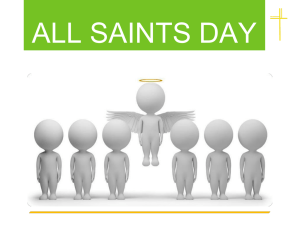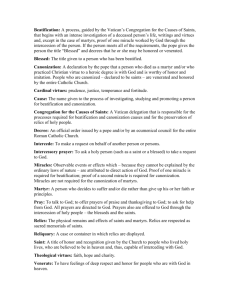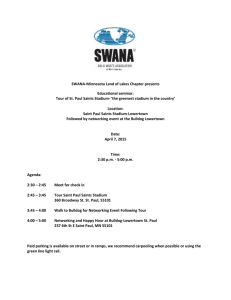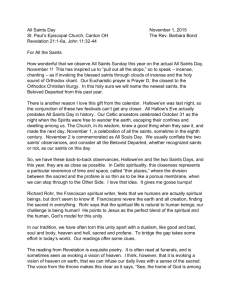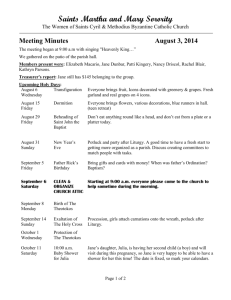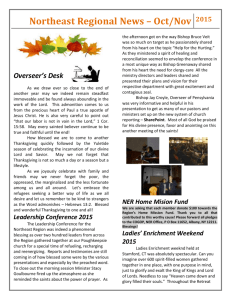CouncilOfTrentPrimarySource
advertisement
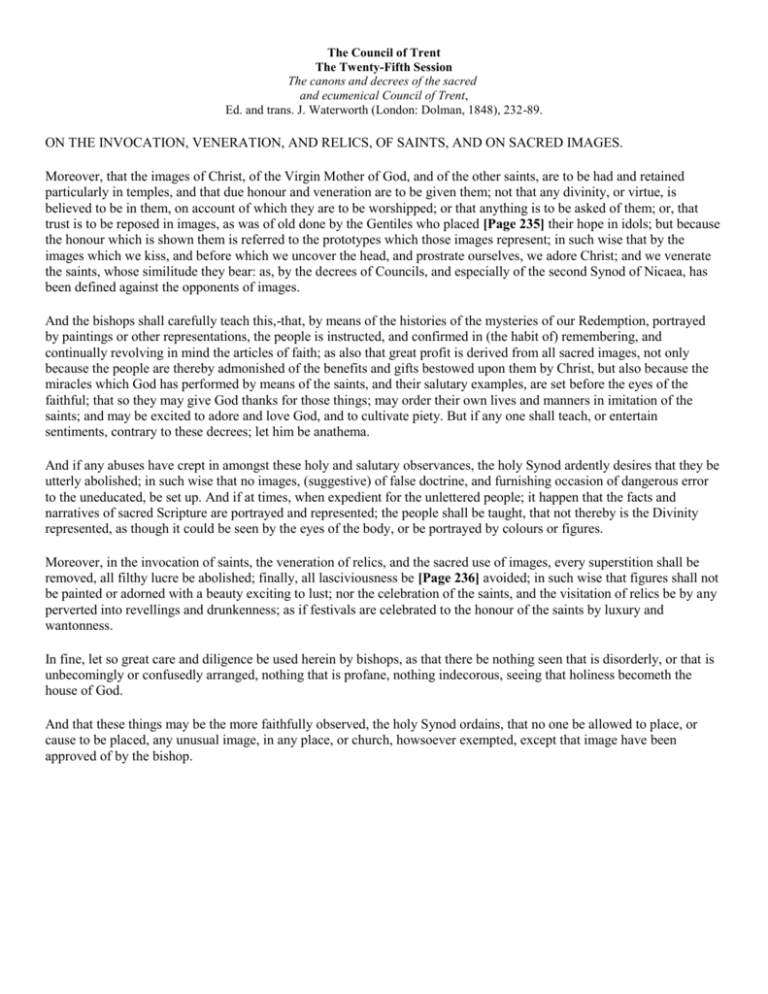
The Council of Trent The Twenty-Fifth Session The canons and decrees of the sacred and ecumenical Council of Trent, Ed. and trans. J. Waterworth (London: Dolman, 1848), 232-89. ON THE INVOCATION, VENERATION, AND RELICS, OF SAINTS, AND ON SACRED IMAGES. Moreover, that the images of Christ, of the Virgin Mother of God, and of the other saints, are to be had and retained particularly in temples, and that due honour and veneration are to be given them; not that any divinity, or virtue, is believed to be in them, on account of which they are to be worshipped; or that anything is to be asked of them; or, that trust is to be reposed in images, as was of old done by the Gentiles who placed [Page 235] their hope in idols; but because the honour which is shown them is referred to the prototypes which those images represent; in such wise that by the images which we kiss, and before which we uncover the head, and prostrate ourselves, we adore Christ; and we venerate the saints, whose similitude they bear: as, by the decrees of Councils, and especially of the second Synod of Nicaea, has been defined against the opponents of images. And the bishops shall carefully teach this,-that, by means of the histories of the mysteries of our Redemption, portrayed by paintings or other representations, the people is instructed, and confirmed in (the habit of) remembering, and continually revolving in mind the articles of faith; as also that great profit is derived from all sacred images, not only because the people are thereby admonished of the benefits and gifts bestowed upon them by Christ, but also because the miracles which God has performed by means of the saints, and their salutary examples, are set before the eyes of the faithful; that so they may give God thanks for those things; may order their own lives and manners in imitation of the saints; and may be excited to adore and love God, and to cultivate piety. But if any one shall teach, or entertain sentiments, contrary to these decrees; let him be anathema. And if any abuses have crept in amongst these holy and salutary observances, the holy Synod ardently desires that they be utterly abolished; in such wise that no images, (suggestive) of false doctrine, and furnishing occasion of dangerous error to the uneducated, be set up. And if at times, when expedient for the unlettered people; it happen that the facts and narratives of sacred Scripture are portrayed and represented; the people shall be taught, that not thereby is the Divinity represented, as though it could be seen by the eyes of the body, or be portrayed by colours or figures. Moreover, in the invocation of saints, the veneration of relics, and the sacred use of images, every superstition shall be removed, all filthy lucre be abolished; finally, all lasciviousness be [Page 236] avoided; in such wise that figures shall not be painted or adorned with a beauty exciting to lust; nor the celebration of the saints, and the visitation of relics be by any perverted into revellings and drunkenness; as if festivals are celebrated to the honour of the saints by luxury and wantonness. In fine, let so great care and diligence be used herein by bishops, as that there be nothing seen that is disorderly, or that is unbecomingly or confusedly arranged, nothing that is profane, nothing indecorous, seeing that holiness becometh the house of God. And that these things may be the more faithfully observed, the holy Synod ordains, that no one be allowed to place, or cause to be placed, any unusual image, in any place, or church, howsoever exempted, except that image have been approved of by the bishop.
